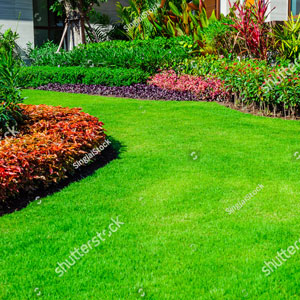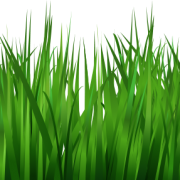In New Jersey, Fall is the best time to plant cool season grass seed. The key to a successful lawn seeding project is to get the grass well established before the hot temperatures and dry weather conditions of the next Summer. Starting a lawn from seed has its own distinct set of considerations:
Advantages of grass seed
- Lower initial cost. The cost of premium grass seed is much less when compared to the cost of sod for the same size lawn.
- Expanded grass choices. Seed is available in more varieties and blends than sod. These allows for greater flexibility in choosing grass varieties to match your growing conditions.
- Established in place. With seed, your grasses continue to grow in the same place where they germinate and root. Grasses can grow deep and healthy root systems, undisturbed.
Disadvantages of grass seed
- Limited seeding times. The ideal time of year for seeding is limited to late summer and early Fall.
- Gradual initial establishment. It takes 10 to 12 weeks (2 – 3 months) for a lawn to flourish from seeding at which time it is only ready for very light foot traffic.
- Longer process. A fully established, mature lawn can take 1 or 2 years.
- Greater initial maintenance. During seed establishment, seeds must be kept constantly wet, requiring multiple waterings daily.
- Erosion potential. Until roots are established, seed and soil can wash away.
- Greater weed potential. Seeded areas are prone to weeds invasions.
At All Seasons Lawn Care we want you to enjoy the benefits of a lush and lovely lawn and welcome the opportunity to help you determine if your lawn is a better candidate for seeding or sodding. Give us a call today for a free consultation and estimate.
With years of experience in lawn care in and around Bergen County, NJ, our experts can guide the way to a green and healthy lawn. You won’t be disappointed.




